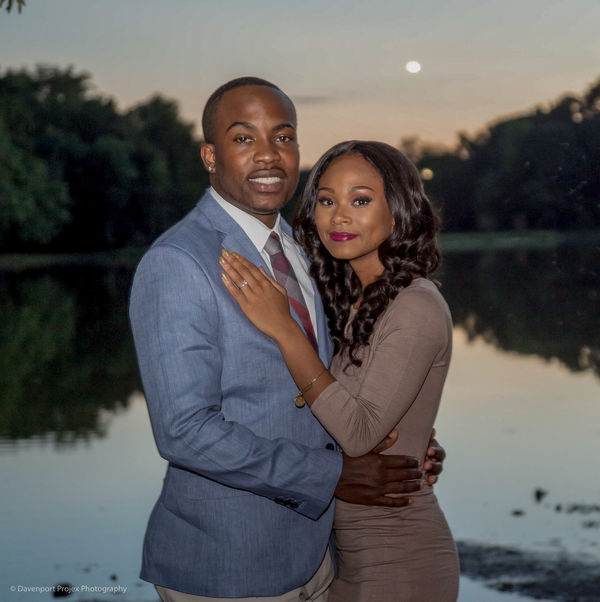Some of My HDR Processed Images
Apr 25, 2017 10:52:38 #
I STOP TO SHOOT
Loc: By the No. CA Sea
dhelix33 wrote:
I have been post-processing images with HDR/Tonema... (show quote)
dhelix33: I love your series but especially #4 and 10. What a lovely set and HDR work....Thank you for sharing.
Apr 25, 2017 10:55:24 #
Apr 25, 2017 14:55:06 #
I was asked in a private message to share details, in terms of HDR/Tonemapped images process. I shared in this private messsage that I do not use this HDR post-process method in my "usual" workflow as a professional photographer (when shooting events, weddings or portraits inside or outside of my studio for instance). I do use this process for images in a potential specialty market. I began using this process more for potential marketing purposes, when a real estate developer in Las Vegas ran across some images on Flickr I put through this process taken there - and requested to use some of them. I have had agencies seek to use my work on occasion, which I then may provide permission for use with a credit, or license fee for use.
I wanted to share that I can produce a decent IQ (image quality) capture without what was described as the "additional effort" seen with my HDR/Tonemapped process in that private message. I used Adobe Lightroom 6 for the images I have posted here. Each single image posted captured in my studio or outdoors was in Nikon .NEF (Nikon Electronic Format - also known as RAW) format, converted to .DNG (Digital Negative) format when imported to Lightroom for post-processing, and then exported as a .JPG (Joint Photographic Experts Group) format file for email attachments, burning to disc or website upload.
Equipment Used for This Session:
Camera, Nikon Df FX (hand held)
Lens, Nikkor 24-85mm f/2.8-4 IF AF-D
In Studio Lighting:
Strobe, Nikon SB-700 Speedlight Flash (as Master)
Strobe, Neewer VK750 Speedlite Flashes (2 Slaves)
Outdoor Lighting:
Strobe, Nikon SB-600 Speedlight Flash
I wanted to share that I can produce a decent IQ (image quality) capture without what was described as the "additional effort" seen with my HDR/Tonemapped process in that private message. I used Adobe Lightroom 6 for the images I have posted here. Each single image posted captured in my studio or outdoors was in Nikon .NEF (Nikon Electronic Format - also known as RAW) format, converted to .DNG (Digital Negative) format when imported to Lightroom for post-processing, and then exported as a .JPG (Joint Photographic Experts Group) format file for email attachments, burning to disc or website upload.
Equipment Used for This Session:
Camera, Nikon Df FX (hand held)
Lens, Nikkor 24-85mm f/2.8-4 IF AF-D
In Studio Lighting:
Strobe, Nikon SB-700 Speedlight Flash (as Master)
Strobe, Neewer VK750 Speedlite Flashes (2 Slaves)
Outdoor Lighting:
Strobe, Nikon SB-600 Speedlight Flash
Apr 25, 2017 15:07:40 #
Apr 25, 2017 15:21:28 #
Apr 25, 2017 18:30:57 #
Apr 25, 2017 21:23:23 #
Apr 25, 2017 21:32:37 #
Apr 26, 2017 13:00:29 #
Apr 26, 2017 15:51:38 #
Greg, If you have the time I would love to know how to merge the files in LR or PS, I use cc2017 and stay up to date. I do not have Photomatix Pro, and use PC's for all my PP work. I am striving to be a better photographer and have only recently began to use RAW in my NEF.
Thank you for your time and wonderful explainations on how you achieve such beautiful results.
Bob
Thank you for your time and wonderful explainations on how you achieve such beautiful results.
Bob
Apr 26, 2017 18:22:32 #
blue-ultra wrote:
Greg, If you have the time I would love to know how to merge the files in LR or PS, I use cc2017 and stay up to date. I do not have Photomatix Pro, and use PC's for all my PP work. I am striving to be a better photographer and have only recently began to use RAW in my NEF.
Thank you for your time and wonderful explainations on how you achieve such beautiful results.
Bob
Thank you for your time and wonderful explainations on how you achieve such beautiful results.
Bob
Hi Bob -
As mentioned, my process it to a capture a single image in Nikon .NEF (Nikon Electronic Format - also known as RAW) format. The image is converted to .DNG (Digital Negative) format when imported to Lightroom for creating a -EV and +EV image. The 3 images (-EV, 0EV and +EV) are then exported a individual .JPG files. These 3 images are merged and edited in Photomatix Pro - and then the merged tonemapped image is saved to save on my computer from Photomatix as a final product, for subsequent cataloging. Yes it is appears to be an extensive process - however, I have minimized the time and effort by using presets in Lightroom and Photomatix.
I use this process because I have a LR 6 application installed on my drive for use. Here is an online tutorial to create HDR using Lightroom (with the online Creative Cloud version):
https://havecamerawilltravel.com/lightroom/hdr-photo-merge
Apr 26, 2017 18:25:19 #
Apr 26, 2017 20:34:23 #
Apr 26, 2017 22:14:37 #
Apr 27, 2017 03:10:48 #
DeanS wrote:
Some very nice gets there dhelix33 .

If you want to reply, then register here. Registration is free and your account is created instantly, so you can post right away.













